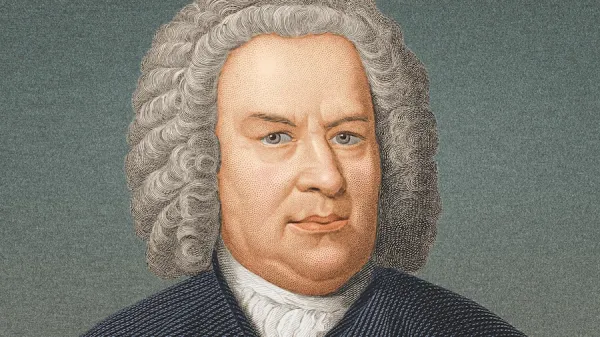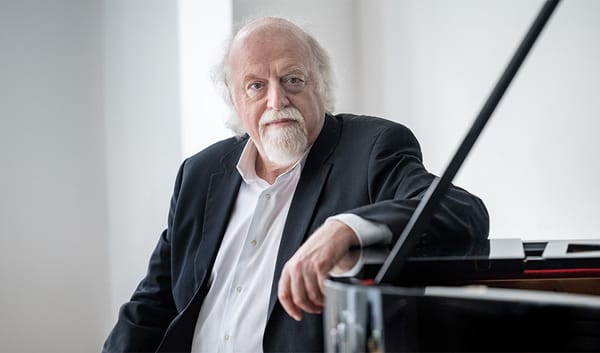In Tune with Taiwan
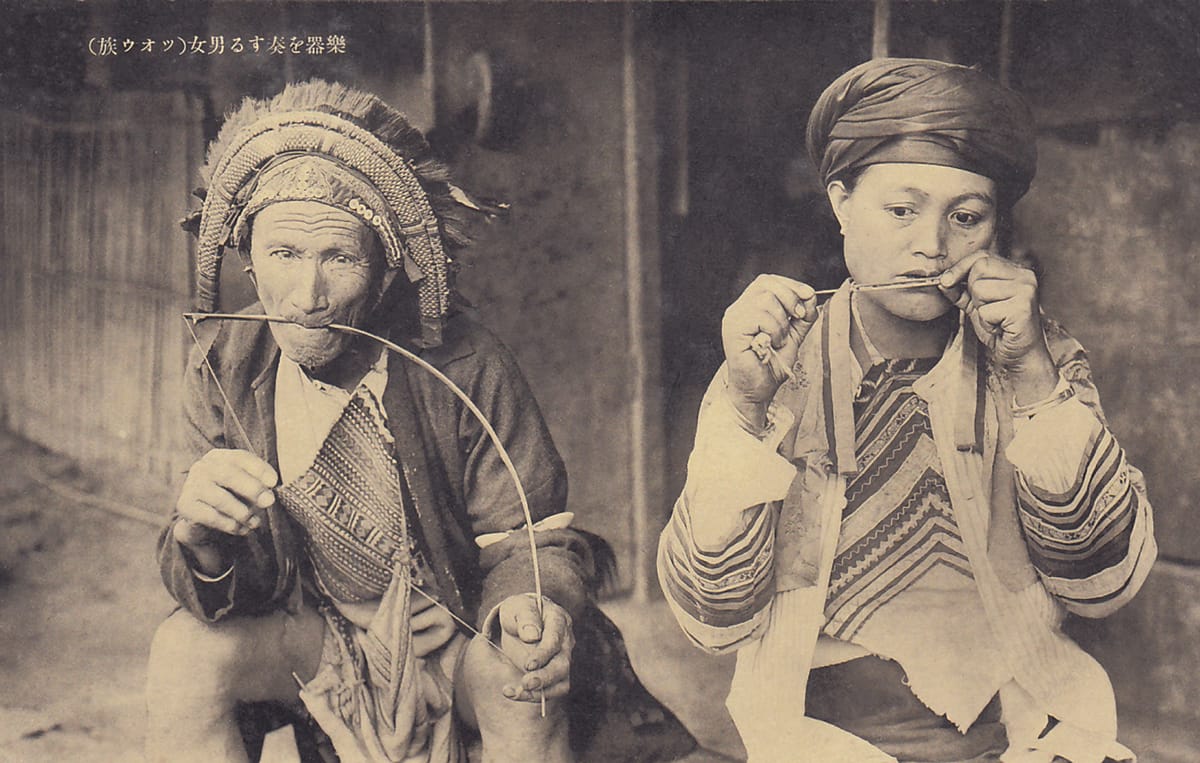
Although the indigenous inhabitants of Taiwan are less than two percent of the population today, each ethnic group has retained its ancestors’ unique language, dialect, and musical culture. Moreover, the island’s previous colonisers, including the Dutch, the Spanish, the Chinese, and the Japanese, also brought their own music. The Japanese particularly introduced western music in Taiwan as a tool to enlighten its subjects. Meantime, contemporary popular music became an important means to make political statements, to bridge ethnic boundaries, and to enhance ‘Taiwan consciousness’. Ying-Fen Wang traces the flow of music from the traditional to Pop.
It was not until after I went to study ethnomusicology in the U.S. that I began a serious exploration of Chinese music. And it was not until after I received my Ph.D degree and teaching experience in Taiwan that I learned in depth and scale the history of Taiwanese music.
In the 60s and 70s, we had little knowledge about traditional music. Western music was taught at schools. I grew up playing western classical music on the piano since the age of five. In my teens I listened to western Pop songs on pirated LPs. And even as I performed in a Chinese orchestra at school, I knew little about Chinese or Taiwanese music besides being familiar with gezaixi, the Taiwanese opera, and hand-puppet shows on television.
Moreover, those of us raised in post-war Taiwan were taught to consider China as our motherland and to speak Mandarin Chinese as our mother tongue. As a result, we became alienated with our local culture and history. Taiwanese dialect and cultural expressions were considered of a lower class! And Taiwanese Pop songs were considered vulgar! It was not until after the Martial Law was lifted in 1987 that there was a gradual rise of Taiwanese consciousness; this was when we became aware of our distinct identity and culture.
Indigenous People
The earliest genre of music in Taiwan evolved from the indigenous people of the land with the earliest form of musical expression — singing. The aborigines are classified into plains’ tribes and mountain tribes, each with its own language and culture. The plains’ tribes have long been assimilated by the Han Chinese, while the mountain tribes, although, also facing assimilation, still retain many of their traditions.
Indigenous music is primarily vocal, and each group has its own distinctive style. Just to name a few, the Amis, with a population of around 120,000 in the eastern part of the island, are the largest indigenous group and their songs have beautiful, wide-ranging, yodeling-type melodies in counterpoint. There are about 35,000 Bunun in the central mountains and their music is richly chordal. Famed for their crafts, the southern Paiwan and Rukai, numbering around 67,000, sing with a strong drone, oscillating between two adjacent notes. Singing accompanies almost every aspect of tribal life, from daily chores to religious rites — shamanism being an important element. Instruments such as the Jew’s harp are sometimes used and a nose flute features in courtship music.
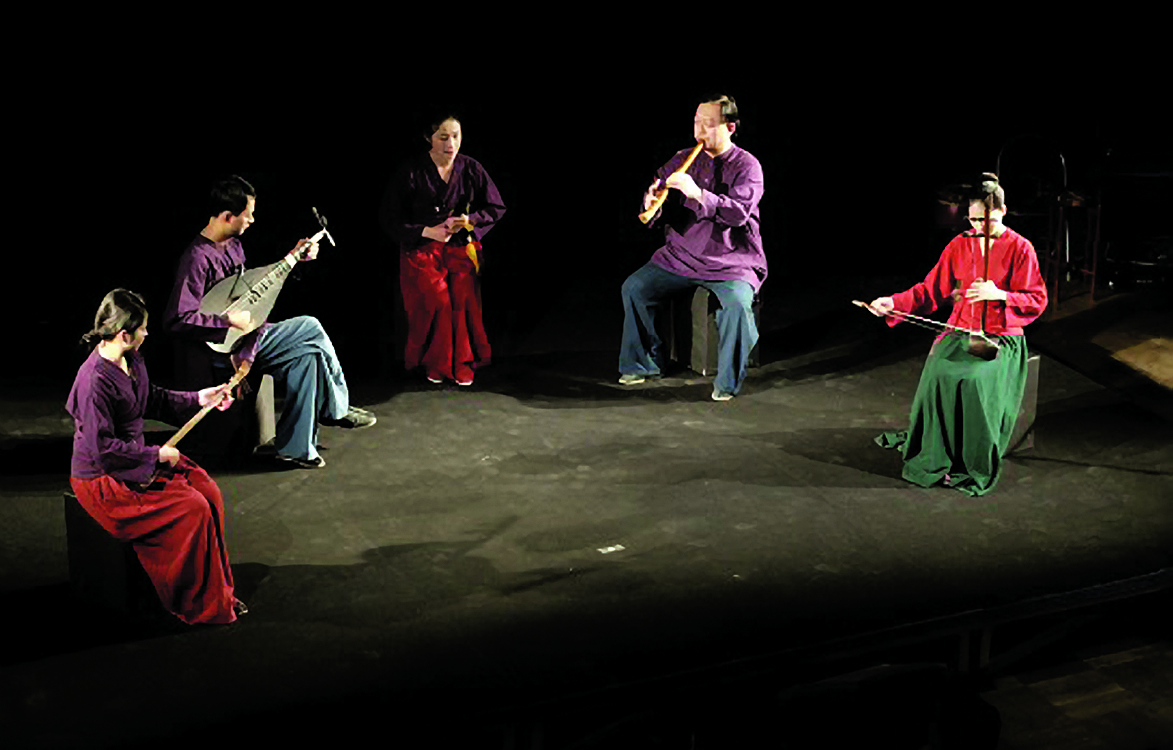
Holo
The Holo musical traditions include folk songs, instrumental music, and operas. Folk songs are learned informally, while the instrumental and operatic genres have been transmitted in amateur music clubs where villagers or urban community members gather to learn and to perform for temple festivals or for weddings and funerals. Even today, in cities or in villages, temple festivals remain the best showcases of traditional music and opera. The folk songs are performed to accompany work, for leisure, or for special occasions. One of the best-known genres is the folk song of Hengchun Peninsula in the southernmost tip of Taiwan. A singer often sings solo and accompanies himself on a moon guitar [yueqin], a simple plucked lute with only two strings.
Among the instrumental genres, nanguan and beiguan are the most important. Nanguan is a vocal and instrumental ensemble form that originated in the Quanzhou area in Fujian province of China, and its music is quiet, elegant, and meditative. In contrast, a beiguan instrumental ensemble is loud and noisy, often with several double-reed suona playing together with percussion instruments.
Both nanguan and beiguan also come in operatic forms. However, they are no longer popular. In contrast, two operatic genres that remain active and popular are the budaixi hand-puppet theatre and the gezaixi opera. The former was brought by the immigrants from Fujian, while the latter is held to be the only Han Chinese genre that was born in Taiwan. As the youngest traditional genre, gezaixi opera continues to evolve by absorbing new elements both in musical content and performance media.
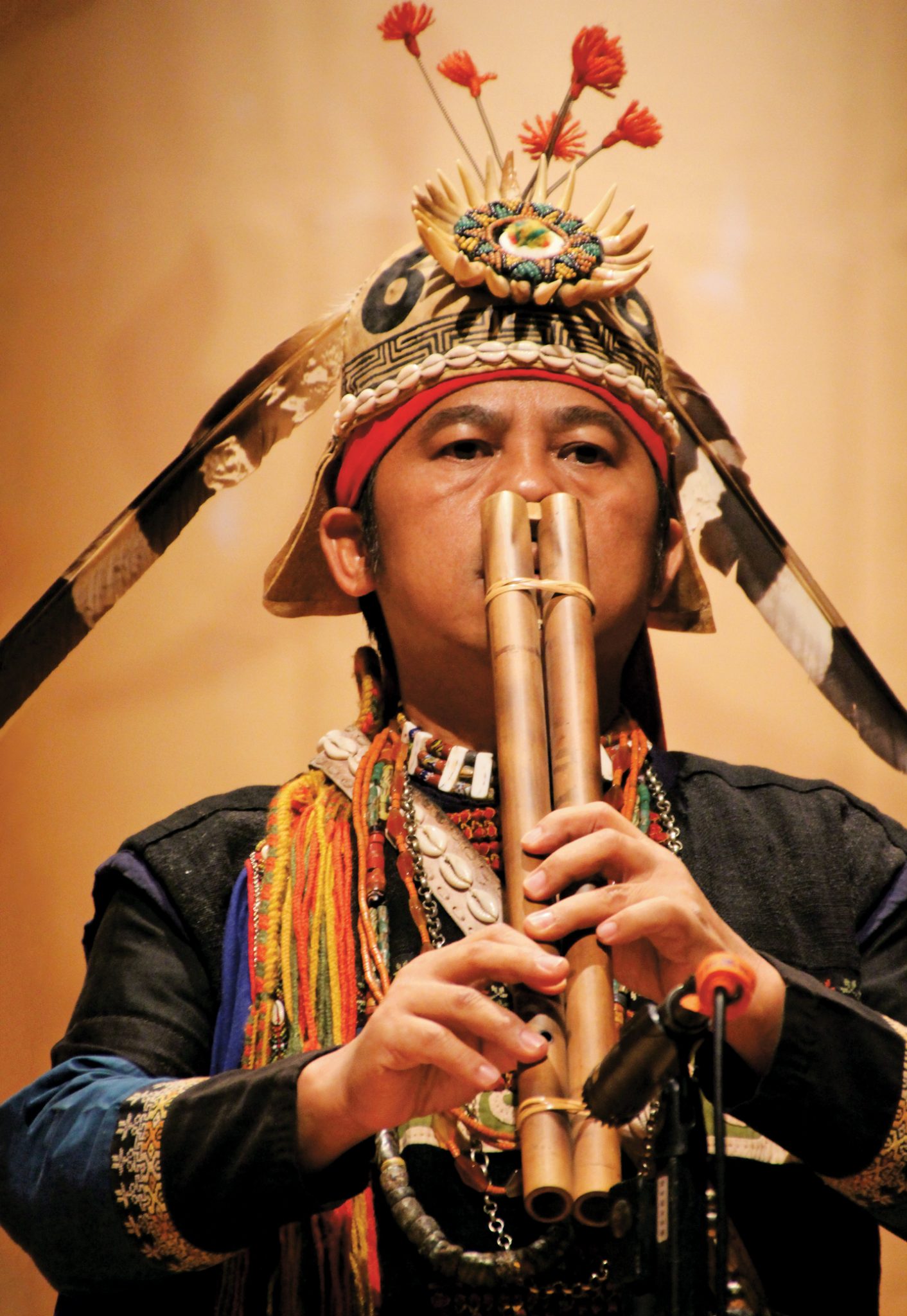
Hakka
The Hakka people are best known for their shan’ge or mountain songs. Experienced singers are good at improvising song texts — often used as a means to test each other’s wits. Nowadays, mountain songs are taught in many places, and contests are often held.
The Hakka tea-picking opera was once a simple show, with only three roles. Adopting elements from beiguan and gezaixi, it has now grown into a full opera, but its music still consists of distinctively Hakka tunes.
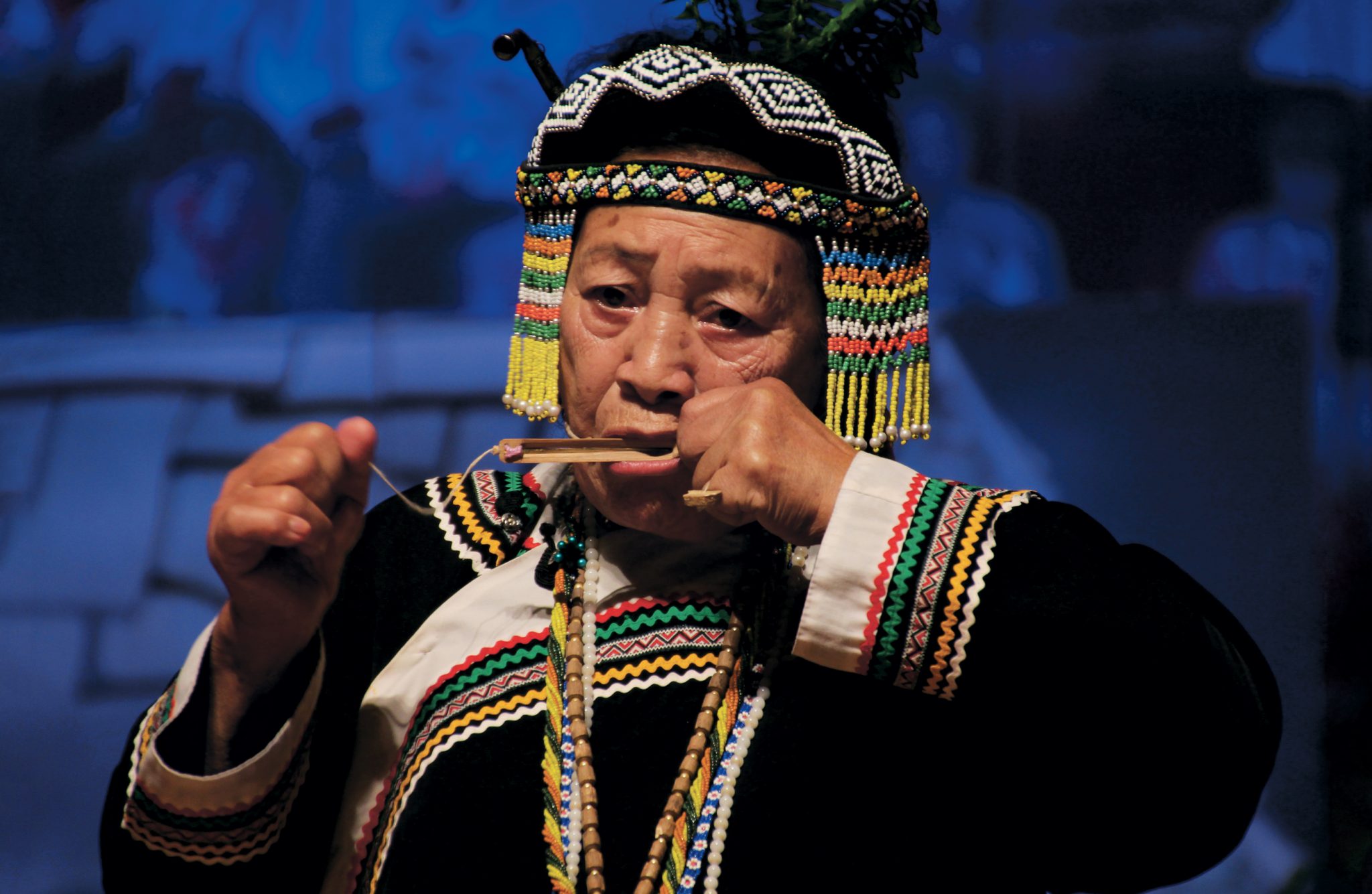
The Mainlanders
When the Nationalist government and its followers retreated and moved to Taiwan in 1949, they brought many musical and operatic genres from various provinces of China. Among them, Peking opera was a favorite pastime of the military as well as other mainlanders and received much governmental support. Like Peking Opera, the guoyue [National Music] is promulgated by the government as part of the Cultural Renaissance Movement in response to the 60s Cultural Revolution in China. Almost every public school has a guoyue club. Currently, there are several governmental guoyue orchestras, and the large budgets these groups consume each year are being questioned.
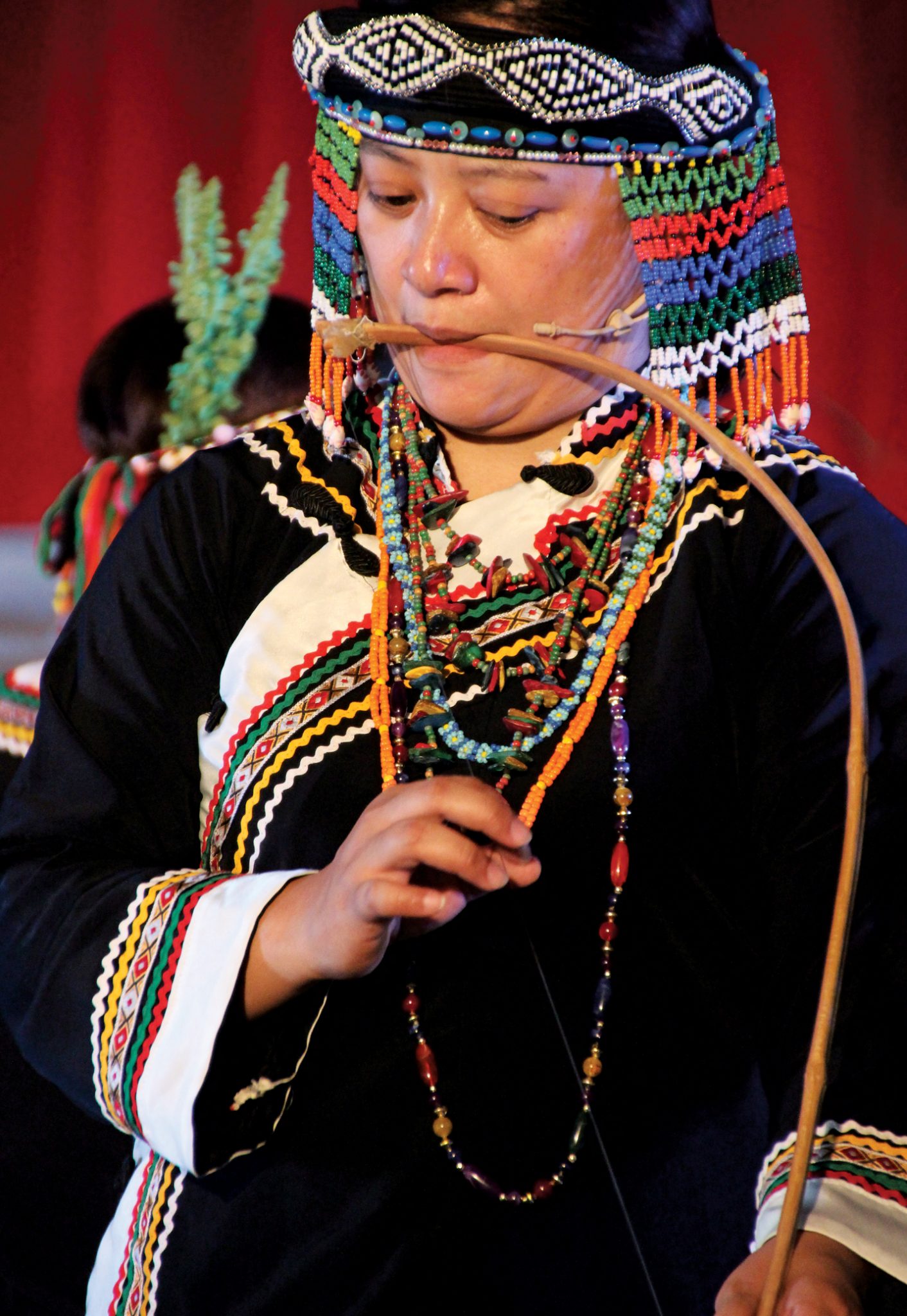
Pop and Western Music
The lifting of martial law in 1987 was a turning point for Taiwan’s pop music scene. Up until then, music fell into two major categories — Taiwanese and Mandarin pop songs. Strongly influenced by Japanese enka, Taiwanese pop was sung in local dialect, mostly with enka-style vocalisation, and was popular mainly among the working class and the older generation. Mandarin pop, by contrast — helped along by the government’s promotion of Mandarin as the official language — had a broader and younger appeal.
Amongst Mandarin singers, Taiwan-born Teresa Teng [1953–1995] was a star throughout the Chinese world. Even today, many Mainland Chinese pop singers acknowledge her as their model.
The lifting of martial law enabled the majority Holo population to finally embrace their own identity and Taiwanese dialect, a development that brought major changes to the content and the social status of Taiwanese Pop songs.
By Wang Ying-fen. This article was first published in the Vol 18/No 1 2015 issue of International Gallerie – the global arts and ideas magazine.



